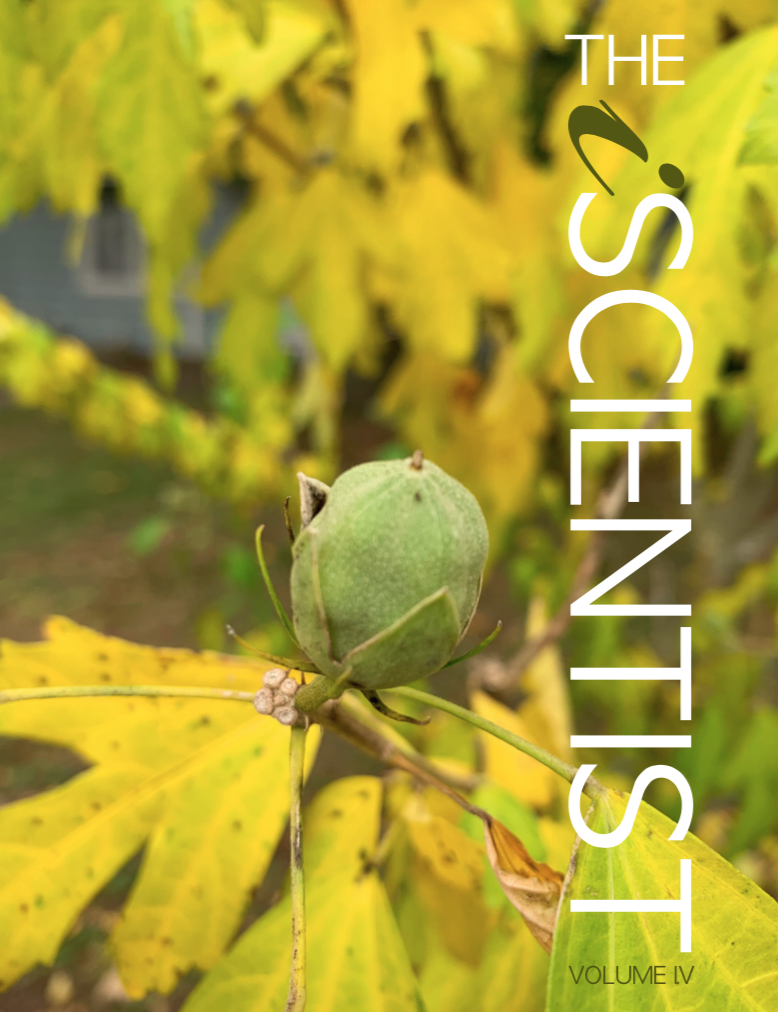Transcytosis and the Neurophysiological Complications Involved in the Delivery of Drugs Across the Blood-Brain Barrier in Alzheimer’s Disease
Abstract
The medical field relies heavily on the collection and development of knowledge required to design novel drugs, as well as formulate innovative and effective methods of drug delivery, particularly with reference to neurophysiological diseases. Alzheimer’s is one of many chronic neurodegenerative diseases and impacts more than 40 million people worldwide. Diseases such as Alzheimer’s can be devastating for a patient and those caring for them, and when coupled with other ailments common to aging populations they can significantly decrease quality of life. While some treatments currently exist for Alzheimer’s disease, they serve only as short-term symptom relief by causing an increase of acetylcholine in the brain. Extensive research is currently underway to identify and design new drugs capable of sustaining long-term slowing of, or arrest Alzheimer’s disease progression. One of the main challenges to successfully delivering such a drug, however, is traversing the blood-brain barrier. Therefore, the aim of this literature review is to examine two methodologies of drug delivery through the blood-brain barrier currently undergoing development: adsorptive- and receptor-mediated transcytosis. These methods focus on the interactions of the molecular carrier and the blood brain barrier and its chemical and physiological characteristics to assist in drug delivery. This review also investigates the stage of development that each of these delivery techniques are currently in, assesses the potential for the delivery method to be used in the active treatment of neurological diseases, and evaluates the benefits and disadvantages of each method.
Downloads
Published
Issue
Section
License
Authors who publish with this journal agree to the following terms:- Authors retain copyright and grant the journal right of first publication with the work simultaneously licensed under a Creative Commons Attribution License that allows others to share the work with an acknowledgement of the work's authorship and initial publication in this journal.
- Authors are able to enter into separate, additional contractual arrangements for the non-exclusive distribution of the journal's published version of the work (e.g., post it to an institutional repository or publish it in a book), with an acknowledgement of its initial publication in this journal.
- Authors are permitted and encouraged to post their work online (e.g., in institutional repositories or on their website) prior to and during the submission process, as it can lead to productive exchanges, as well as earlier and greater citation of published work (See The Effect of Open Access).


